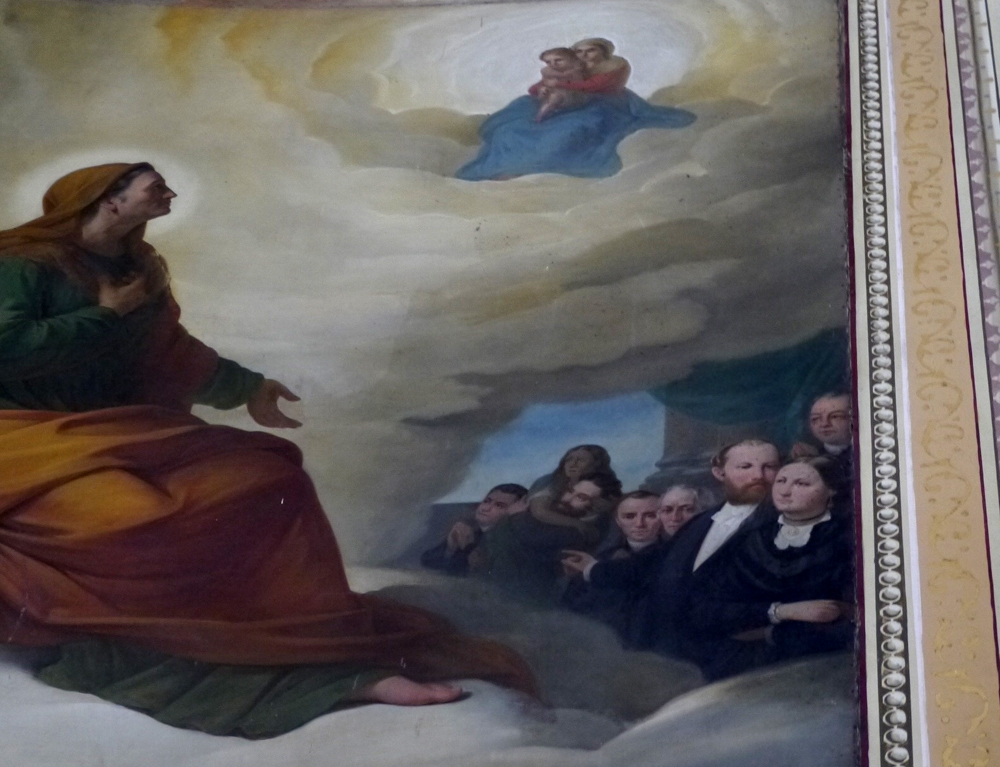I meant to post new articles every two or three weeks this summer, but summer is almost over and I still seem to be in vacation mode. Hopefully when I get back to my desk in September, I’ll feel refreshed and ready to write.
There is no getting around it: the articles I’ve been posting about my ancestors every week or two require a lot of hard work, so I needed the break. Today, however, it’s time for an assessment.
Since I started Writing Up the Ancestors in October 2013, I have posted 61 articles. The stories about the Smiths of Macduff and the Hamiltons of Lesmahagow have had the most views, probably because these are common family names – and uncommon place names. But a story called “No Fairy-tale Ending” (The Seigneurie of Milles–Îles, part one),about a young couple who died unexpectedly, leaving their orphaned daughter to be brought up by people who had an eye on her inheritance, has been viewed infrequently. I have changed the title to “The Doomed Marriage of Mary Sophia Roy Bush and Louis Charles Lambert Dumont”. (https://www.writinguptheancestors.ca/2015/01/sophia-mary-roy-bush-and-louis-charles.html) I want these articles to be found and read.
One of the biggest challenges in writing family history is to bring each ancestor to life. That starts with writing skills, such as finding a good lead for the story. But I usually only have superficial facts about my ancestors, so I have to make sure I don’t get carried away and make assumptions about their actions and motives, and I constantly remind myself that the values and customs of their societies are quite different from mine.
Another difficult aspect of blogging, at least for me, is preparing proper footnotes. It is picky and time-consuming and I find it hard to follow a consistent bibliographic style. I need to do a better job of this.
On the other hand, source citations are essential, so I try to give readers enough information that they can find my sources themselves. People have told me they like the Research Remarks section of each post in which I describe the resources I have used and where I found them, mention sources of additional information and identify brick walls. I love writing that section and I hope that, even if readers are not especially interested in my ancestor, they will learn something from the research process.
When I first started writing this blog, I had a bank of stories I had already written, and I had research on other ancestors at my fingertips. Now I’ve posted most of those stories, and I need to spend some time researching families I haven’t even mentioned yet. But it is hard to focus on research and simultaneously write regular blog posts. Something has to change, or this will feel more like work and not like fun.
So this year, I will either post shorter stories on Writing Up the Ancestors, or I will continue to post long stories less often. I’ll see how it goes. Meanwhile, I will also post short articles about my research processes and discoveries on the collaborative blog GenealogyEnsemble.com. I still have lots of stories to tell.



